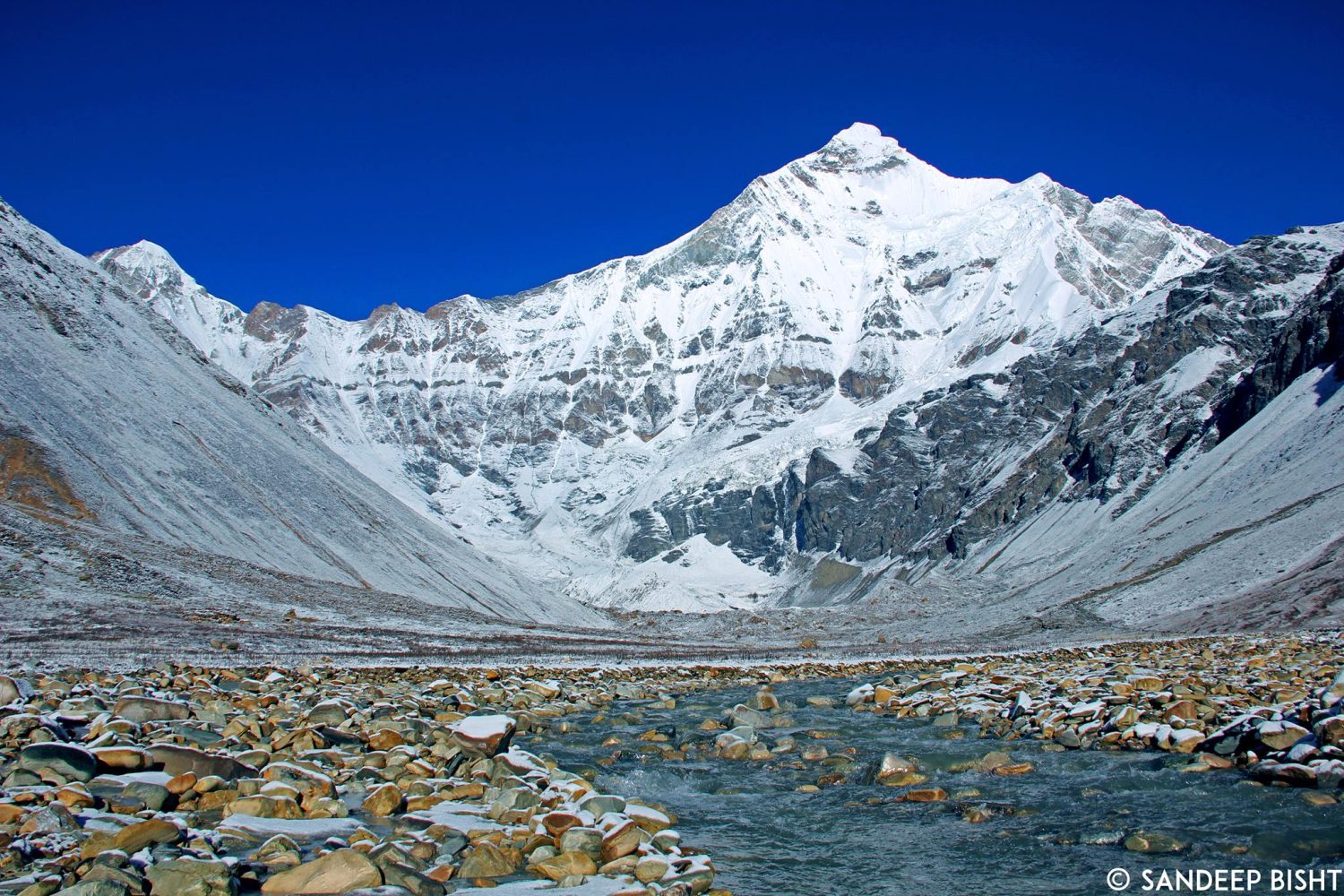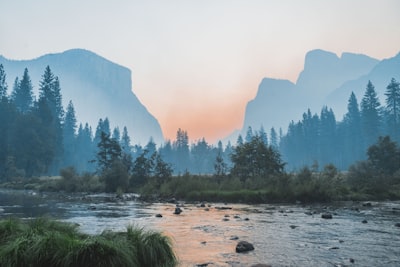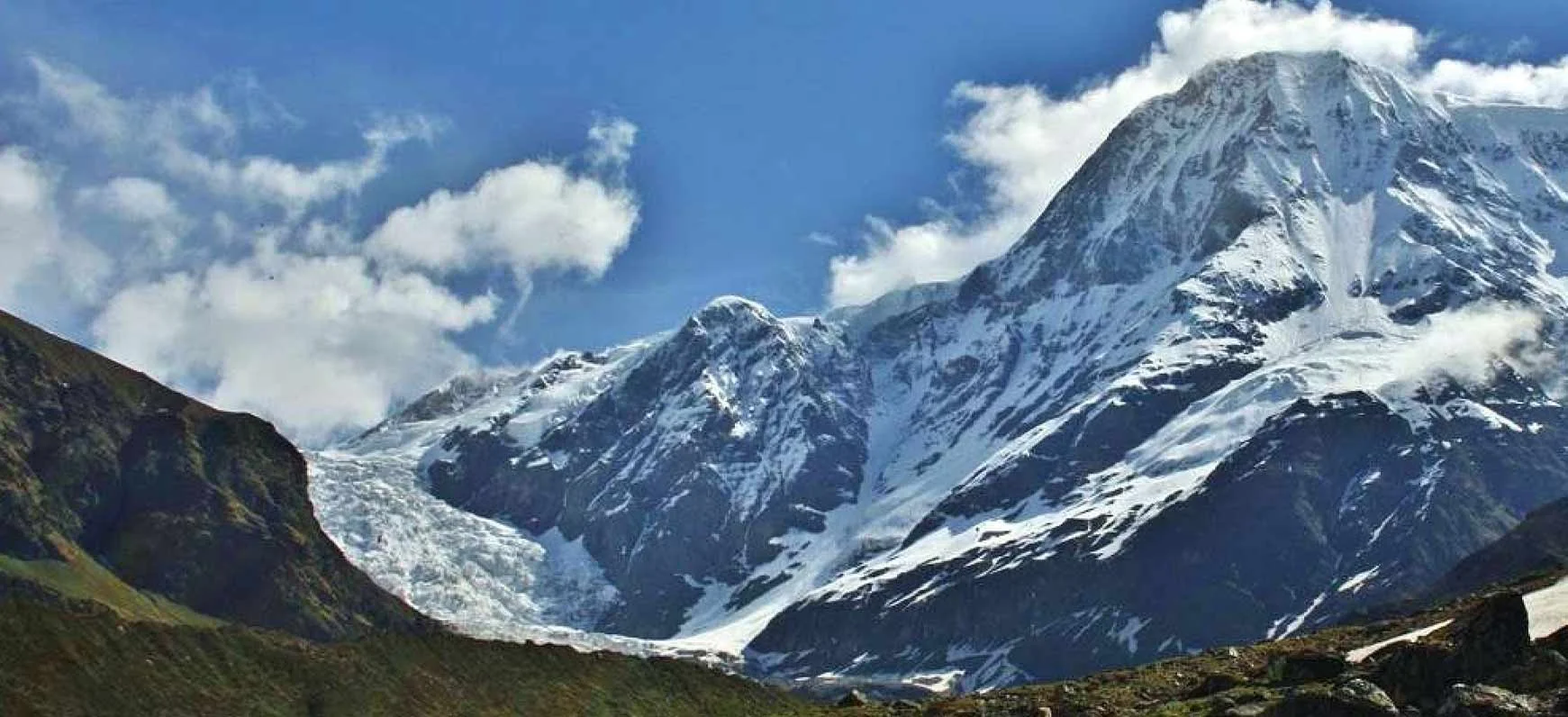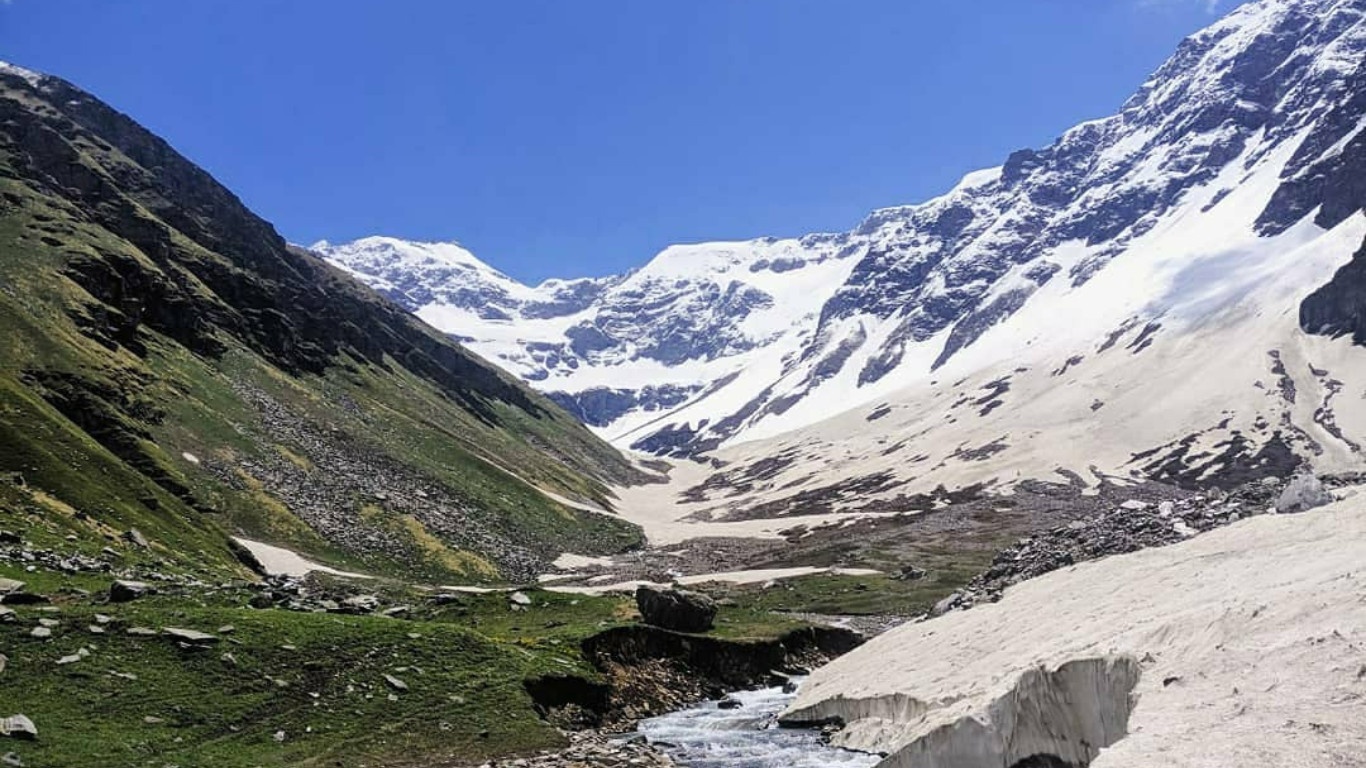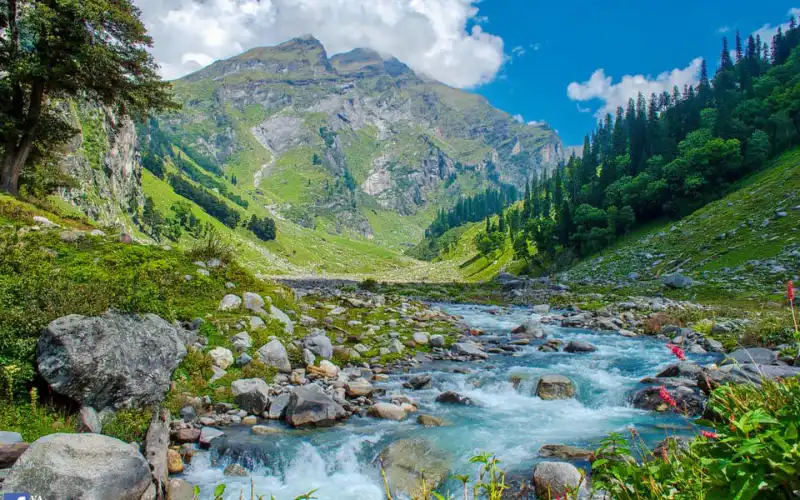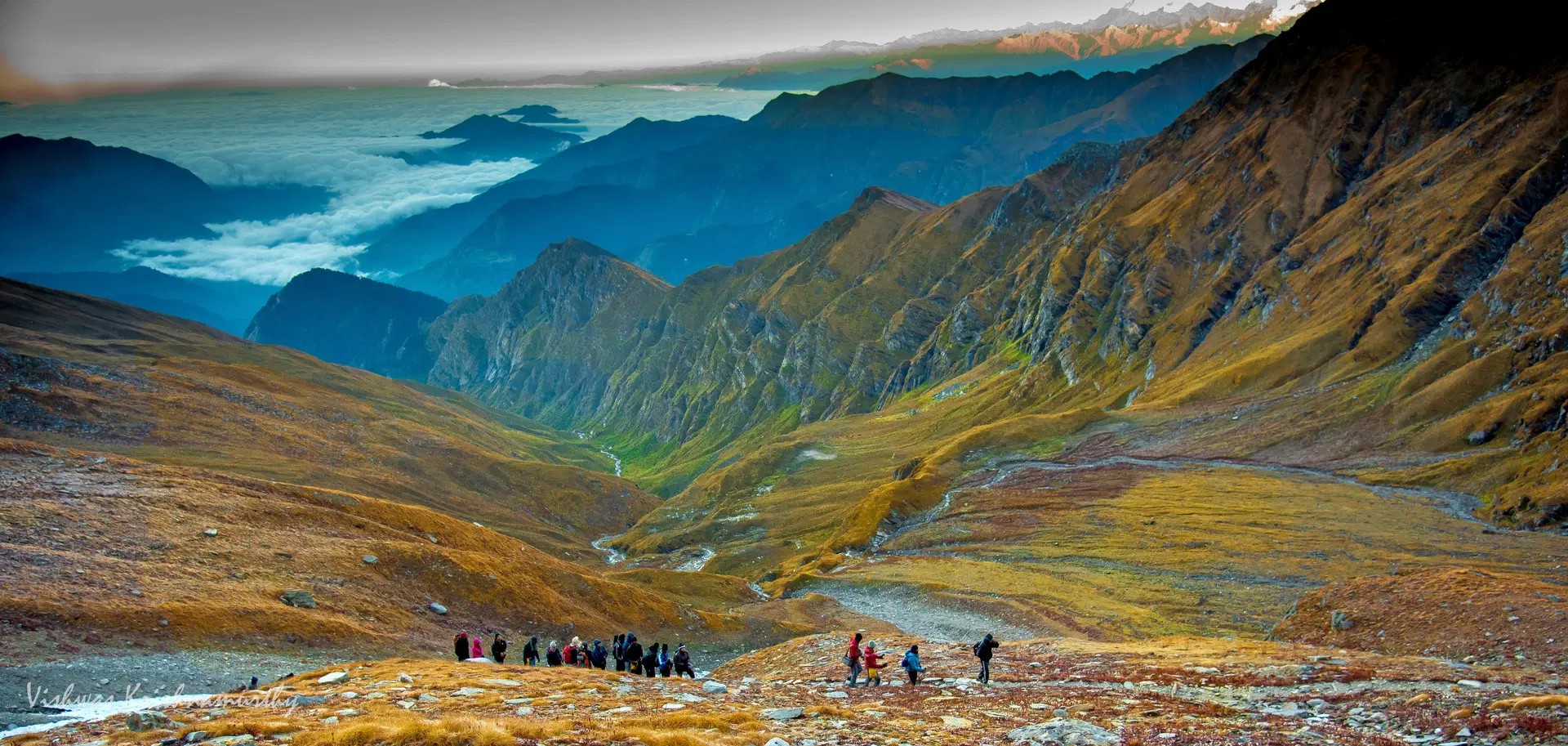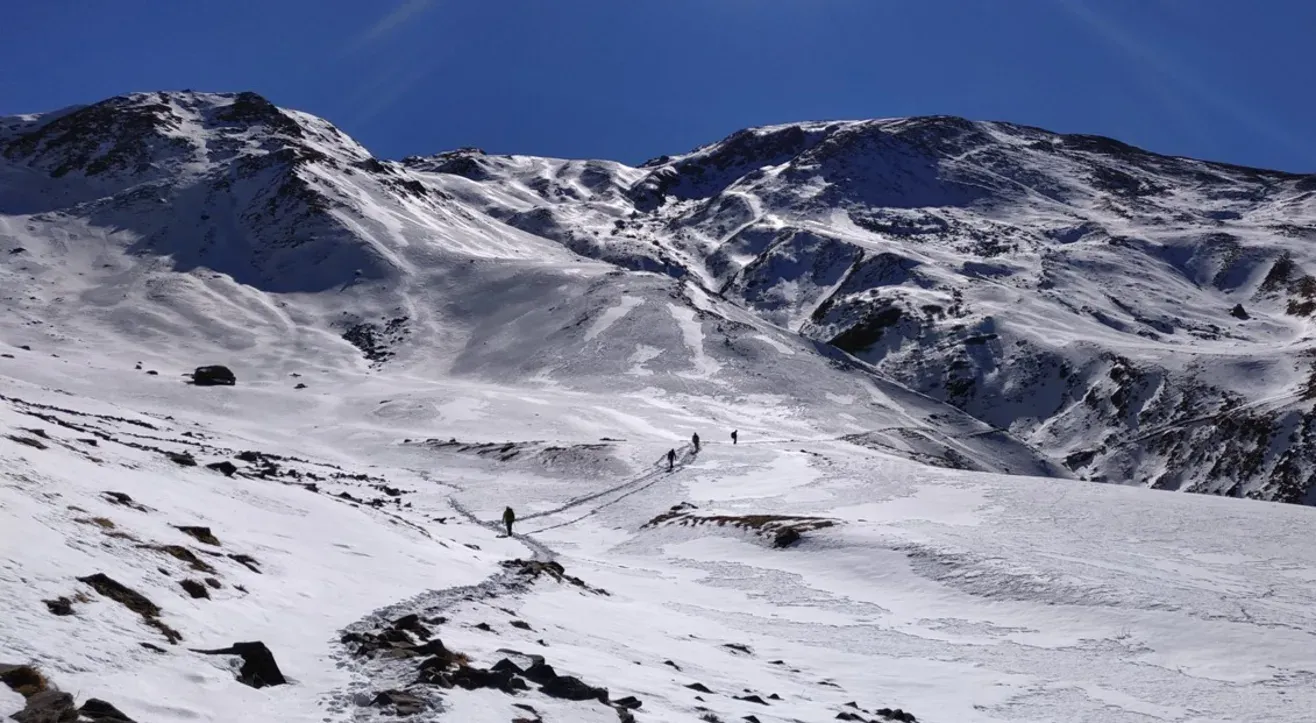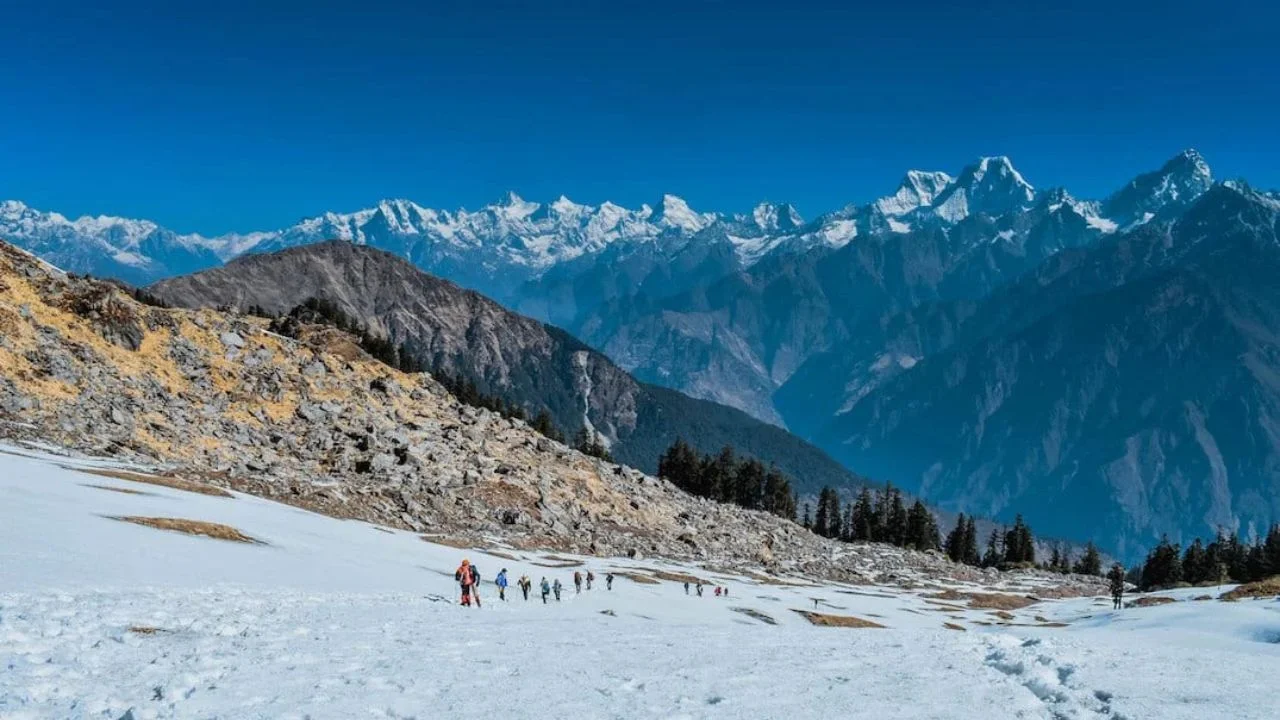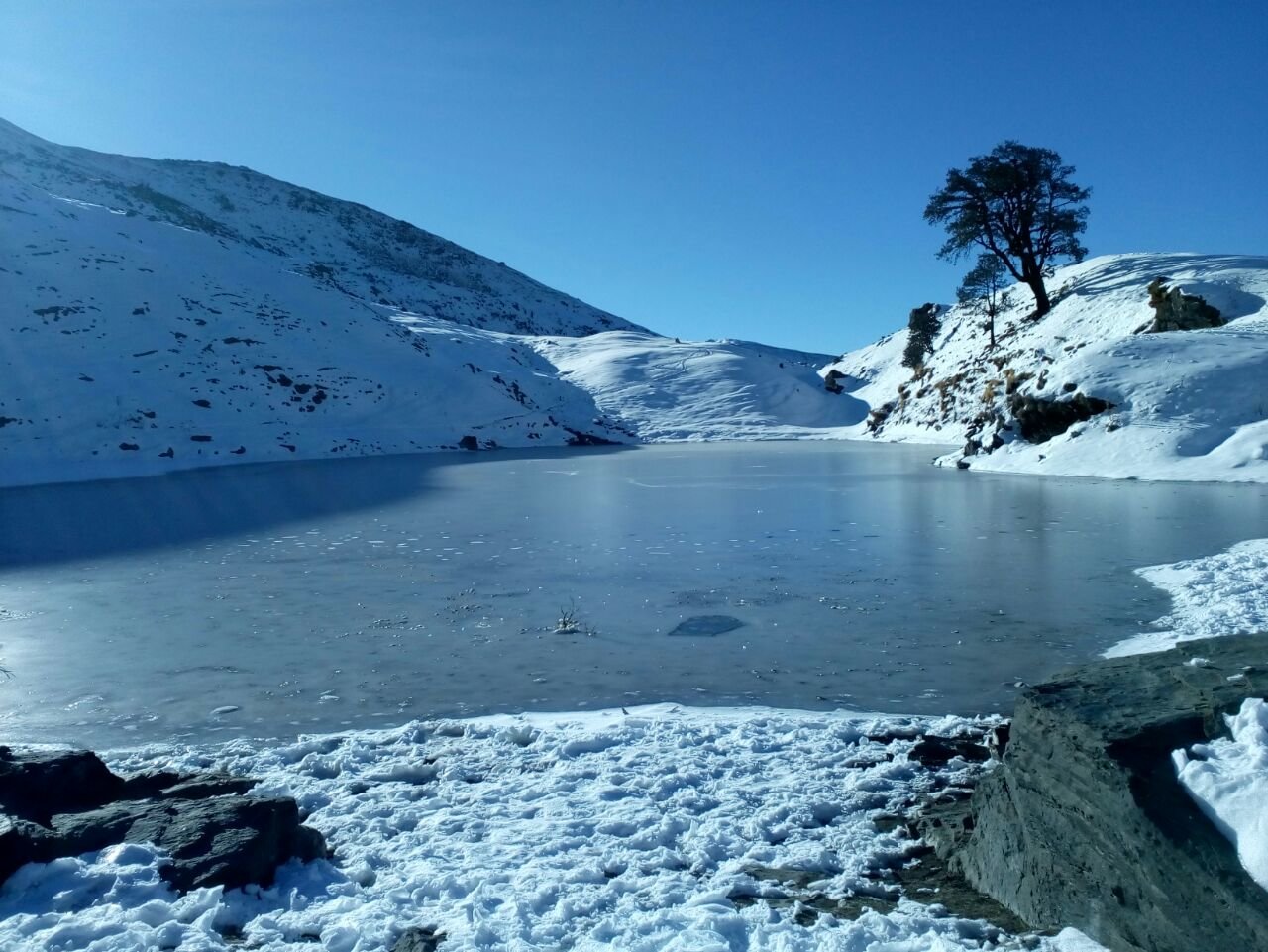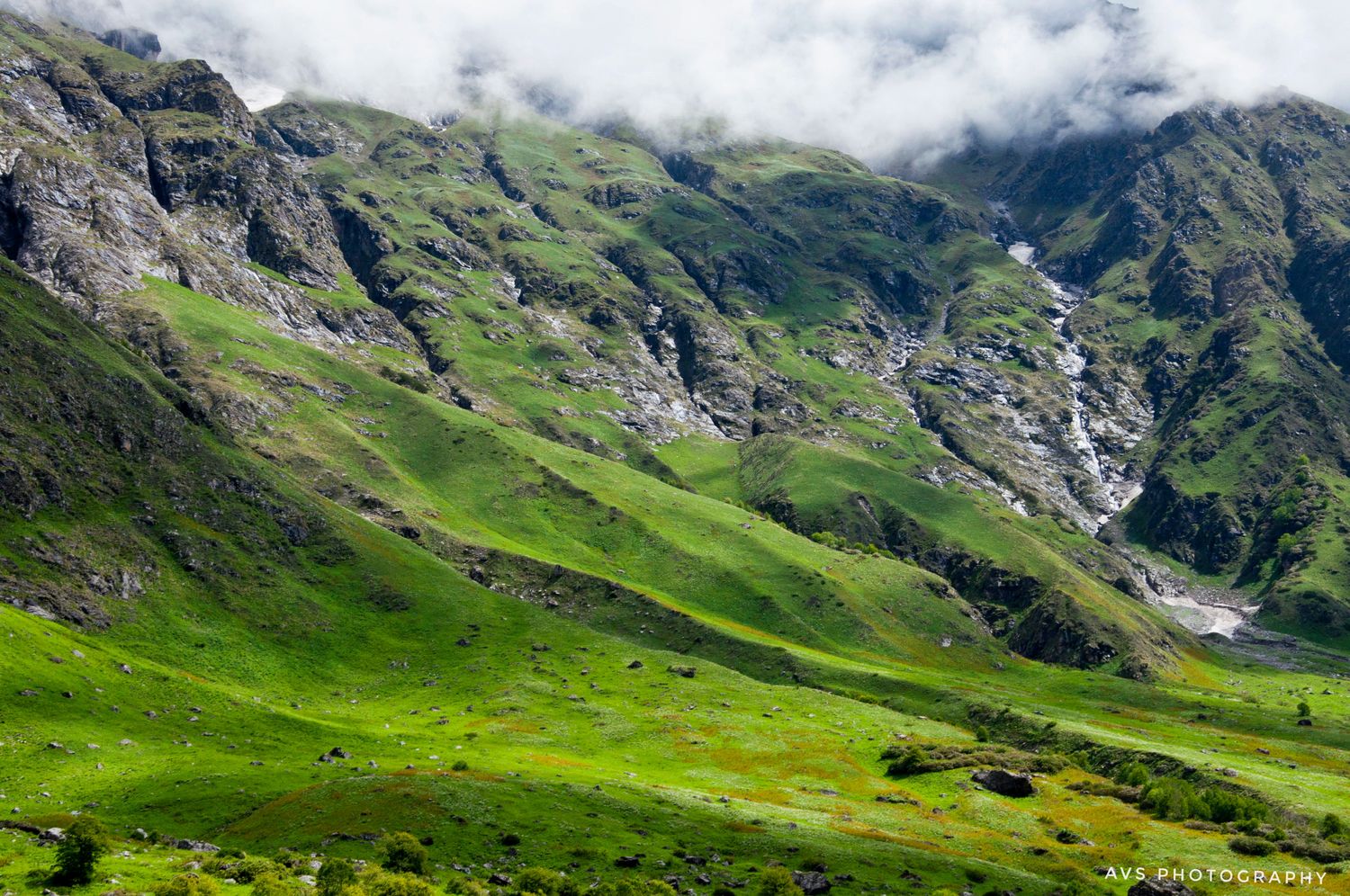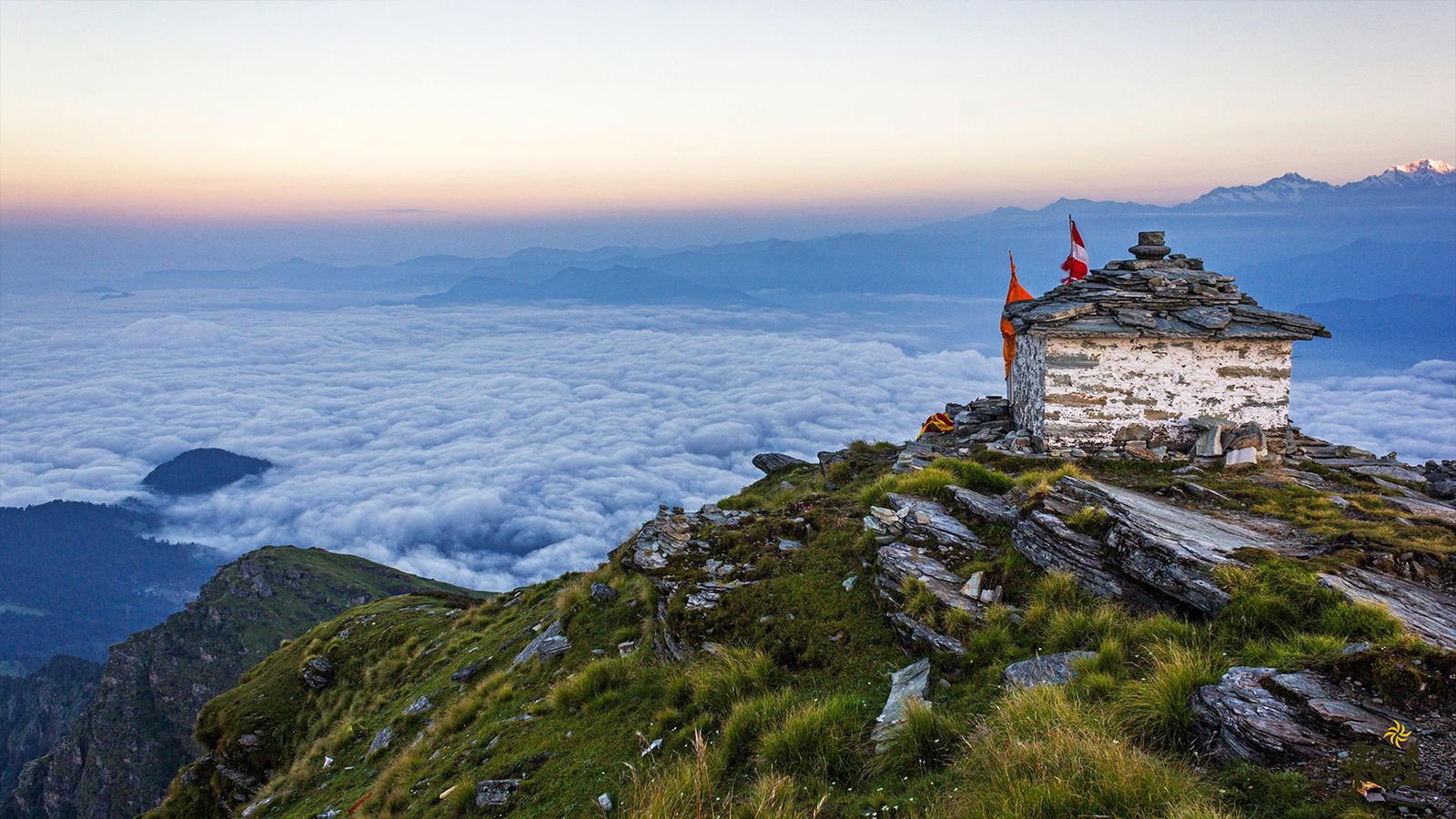Nanda Devi Base Camp Trek: Into the Abode of the Goddess
The Nanda Devi Base Camp Trek takes you deep into the Kumaon Himalayas, offering a rare view of the mighty Nanda Devi peak at 7,816 m. Known as the “Goddess of Bliss,” Nanda Devi is a sacred mountain shrouded in mystery and reverence. This trek weaves through alpine meadows, dense forests, glacial valleys, and traditional villages, culminating at the majestic base camp that sits inside the protected Nanda Devi Biosphere Reserve, a UNESCO World Heritage Site.
The Sacred Aura of Nanda Devi
Nanda Devi has always been more than a mountain for the locals — it is worshipped as a goddess. The trek gives you a spiritual sense of walking towards a divine abode, surrounded by untouched nature and Himalayan grandeur.
Scenic Diversity
From the bustling town of Munsiyari, the trail passes through rolling meadows, the Johar Valley, and villages like Lilam and Martoli. Along the way, trekkers encounter gushing rivers, hanging glaciers, and breathtaking views of peaks like Panchachuli, Hardeol, and Trishul.
Why This Trek is Special
Apart from its unmatched beauty, the trek is a journey through history and culture. The Johari community, known for their traditional trade with Tibet, brings stories of resilience and heritage. The Nanda Devi Biosphere also shelters unique Himalayan flora and fauna, adding to the trek’s exclusivity.
